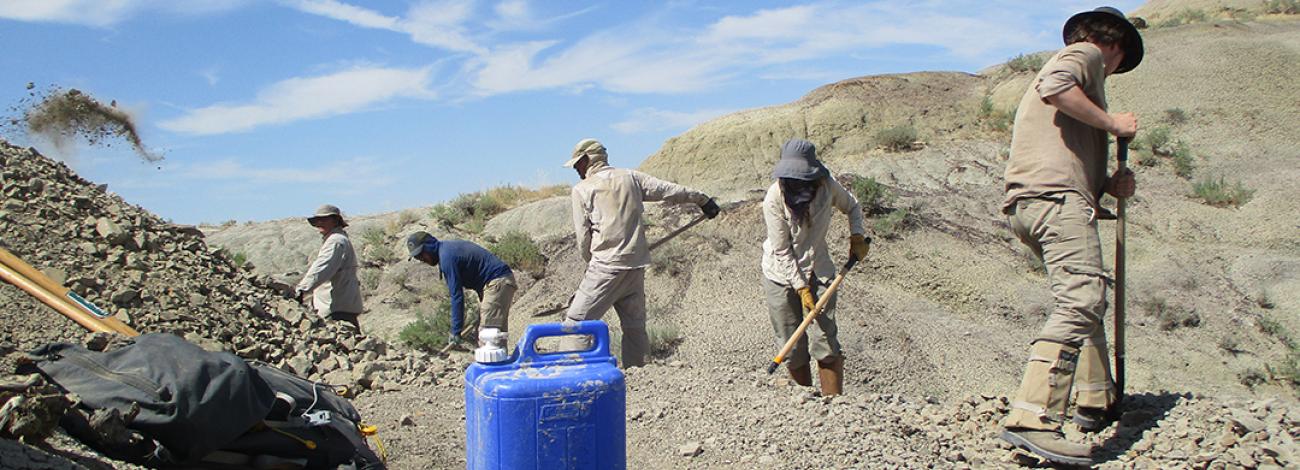
Citizen Science
Ask | Observe | Support
Do you like addressing real-world problems? With citizen science you can participate in the scientific process, formulate research questions, conduct scientific experiments, collect and analyze data, interpret results, make new discoveries, develop technologies and applications, and solve complex problems.
The BLM is thrilled when citizen scientists are willing to lend their time and expertise to monitor, map, and otherwise document resources, conditions, and trends. Opportunities include participating in a BioBlitz, an event that focuses on finding and identifying as many species as possible in a specific area over a short period of time, identifying bees and other insect pollinators in Alaska, repeating photographic documentation of National Conservation Areas of Colorado, and identifying and counting birds along the coast of California.
To learn about opportunities available near you, visit the Federal Crowdsourcing and Citizen Science Catalog, your local BLM Office, and check out the “Toolbox” resources on this page. Whether you already use programs like eBird, iNaturalist, or Nature’s Notebook, or would like participate in activities led by BLM staff or partners such as in the examples listed below, anyone can be a citizen scientist and no special training or expertise is needed.
The BLM’s new Citizen Science Action Plan provides additional examples of how citizen science can advance the agency’s mission and improve public land management, as well as more information on BLM goals, objectives, and actions for crowdsourcing and citizen science.
Join a BLM Citizen Science opportunity
1. Chronolog: repeat photography at established photo points
2. LandPKS: soil identification, land cover and soil health monitoring, land management and farm record keeping, and more
GreeningSTEM engages learners of all ages with practical lessons in science, technology, engineering, and math (STEM).
More information about GreeningSTEM
